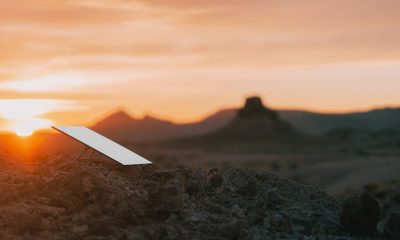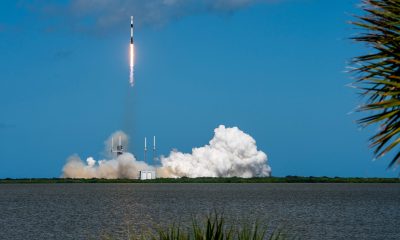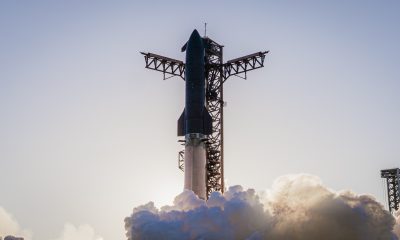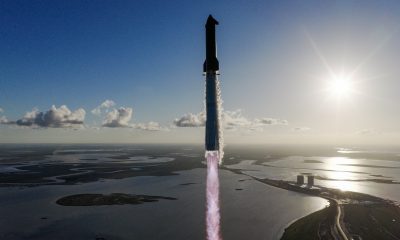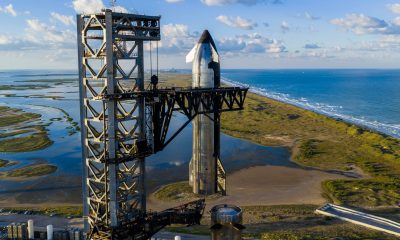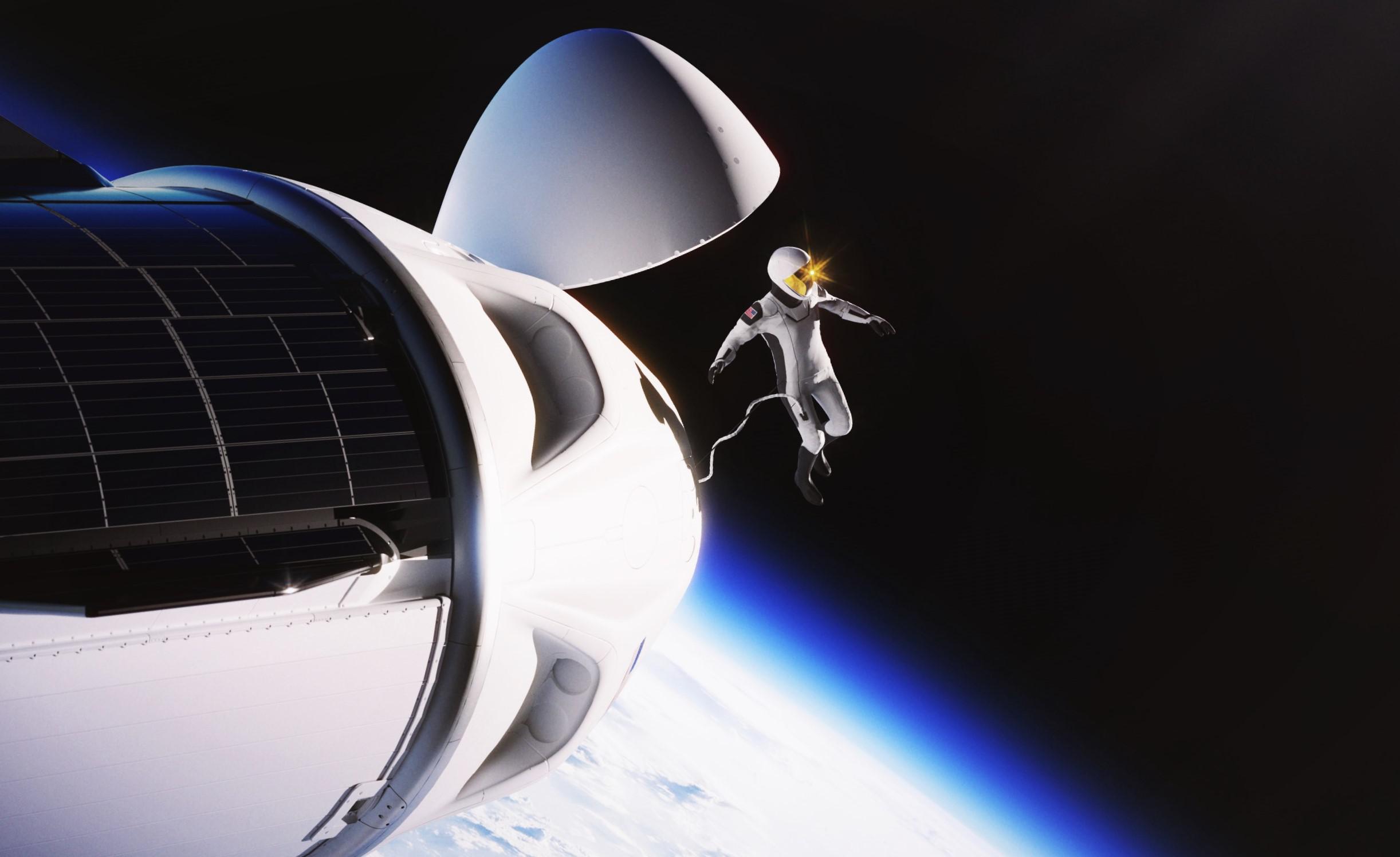
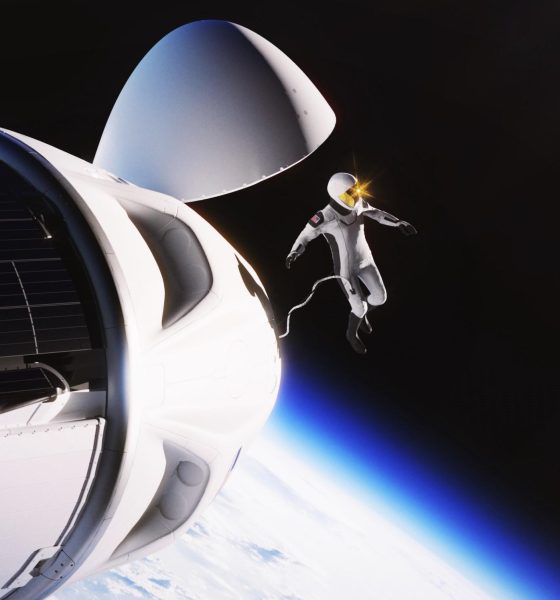
News
SpaceX ready to begin training astronauts for first private spacewalk
Two members of the “Polaris Program” say that SpaceX could begin training private astronauts for the first private spacewalk in spaceflight history as early as May or June 2022.
Revealed earlier this year, the Polaris Program is a sort of hybridization of orbital spaceflight tourism and technology development and has one primary goal: to “rapidly advance human spaceflight capabilities.” Created in partnership with SpaceX by billionaire and Shift4 Payments founder Jared Isaacman, who also funded and flew on SpaceX’s first private Crew Dragon launch, Polaris aims to pick up where Inspiration4 left off last year.
While it will still be affiliated with and seek to help St. Jude Children’s Research Hospital, the Polaris Program will focus on the development of several crucial technologies that SpaceX will need to accomplish its ultimate goal of spreading humanity throughout our solar system.
One of those crucial technologies is a cheap, reliable, and easy-to-use spacesuit that will allow future SpaceX astronauts to work outside of the safety of their spacecraft in the vacuum of space, and, one day, walk on the surfaces of other planets and moons. For Crew Dragon, SpaceX has already developed an ‘intra-vehicular activity’ or IVA pressure suit that all Dragon astronauts must wear during mission-critical maneuvers. In the event of capsule depressurization, the suits would be able to keep Dragon astronauts alive inside the capsule for at least a few days, supplying them with clean air and maintaining enough pressure to avoid altitude sickness (or worse).
However, because IVA suits generally prioritize unpressurized mobility, the astronauts inside them can do very little when the suits are fully pressurized. At sea level, every person on Earth is subjected to standard atmospheric pressure, which amounts to about 101 kilopascals or 14.5 pounds per square inch. In a spacesuit, the suit itself must maintain a pocket of air at similar pressures, ultimately meaning that the outer skin of a suit must resist the same force. To put that into context, even operating at the absolute minimum pressures that humans can realistically tolerate and use (4-6 psi), simply moving one’s arm in an IVA suit could require hundreds of pounds or kilograms of force.
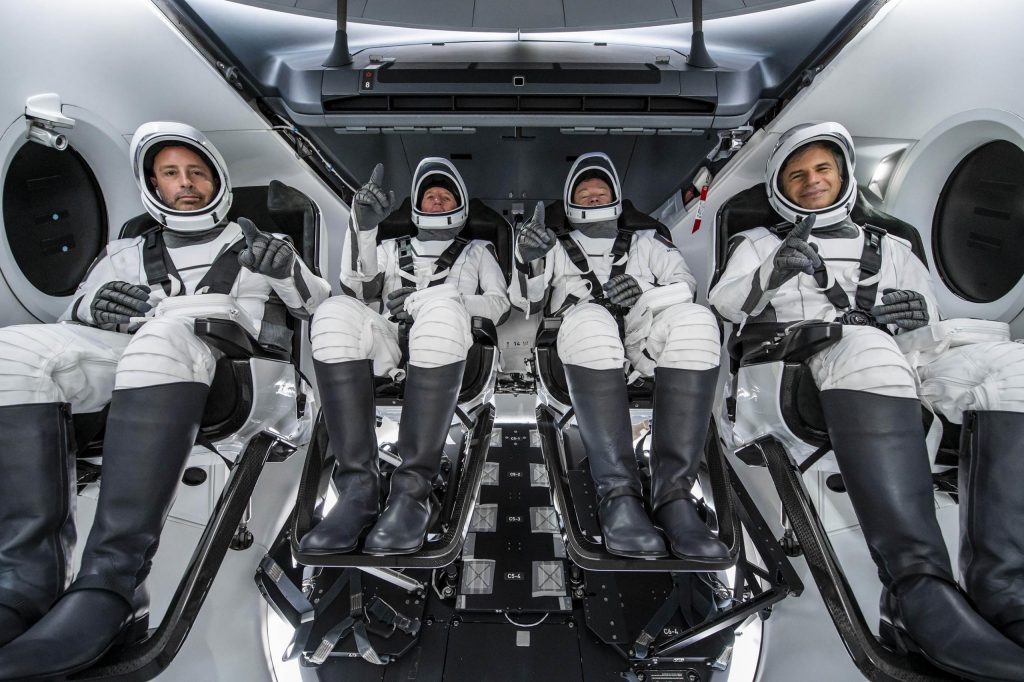
Even in NASA’s aging extra-vehicular activity (EVA) spacesuits, which feature mechanical joints and other upgrades meant to make movement and life easier inside them, spacewalks are one of the most brutal and exhausting physical activities conceivable, requiring extraordinary levels of near-constant exertion for hours on end. According to comments made to Spaceflight Now by Jared Isaacman and by pilot Scott Poteet in an interview covered by AmericaSpace, SpaceX’s first EVA suit will be quite basic. To some extent, they will be heavily modified versions of SpaceX’s existing IVA suit design, but with much more advanced thermal management, an improved helmet/visor, and – most importantly – the addition of a number of mechanized joints.
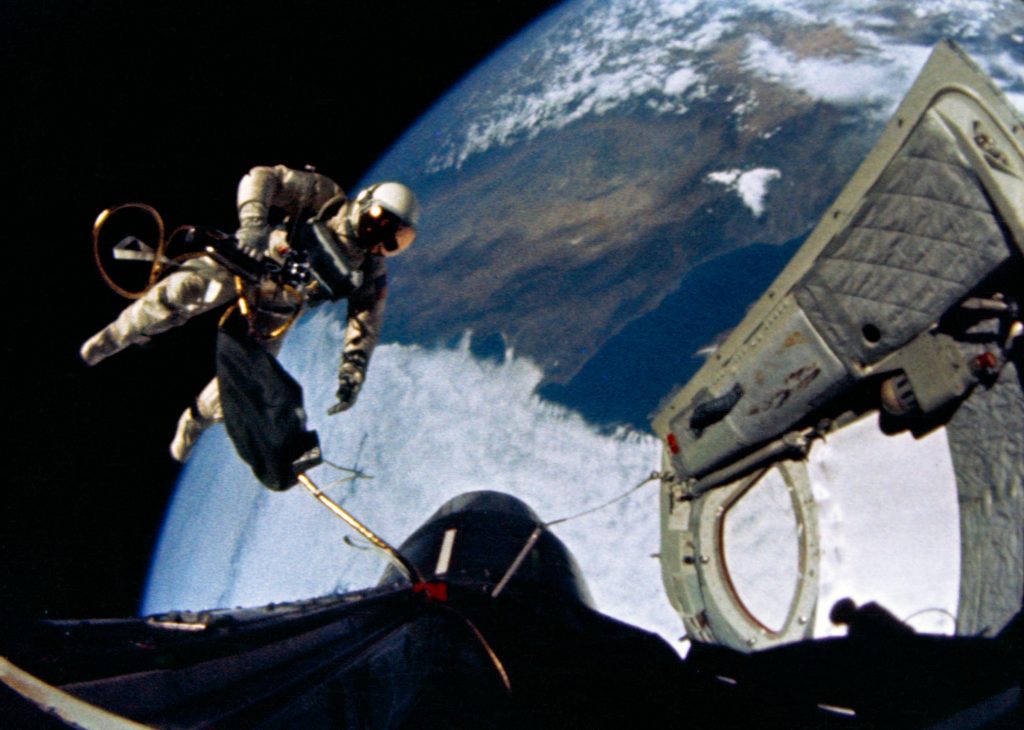
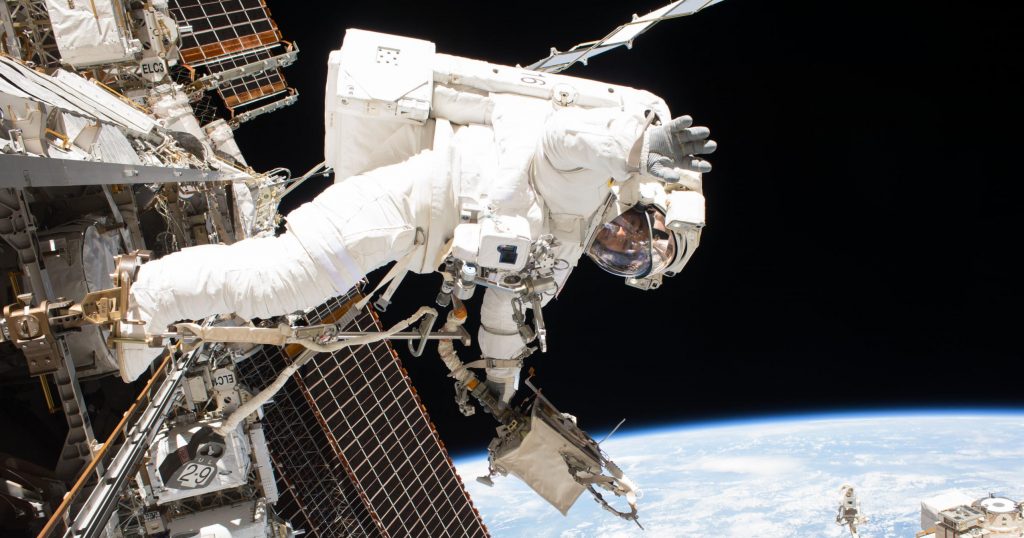
As was the case with early NASA EVA suits developed in the 1960s, SpaceX’s first EVA suits will receive consumables, power, and communications through cables (tethers) that connect to Dragon’s life support. It will take SpaceX some time to develop a miniaturized, portable life support system as safe and capable as the packs used on NASA’s EVA suits. A tethered EVA suit will still allow SpaceX or private astronauts to perform EVAs and work on or inspect the exterior of their Crew Dragon or Starship spacecraft – capabilities that could save lives in certain emergency scenarios. SpaceX’s first priority, then, will be to make sure that the basics work well in space and that the suits actually allow astronauts to perform tasks that require good finger and limb dexterity without immediately exhausting themselves.
“You’re adding lots of redundancies in the suit that don’t exist today, since it’s more last line of defense,” Isaacman said, referring to the differences between SpaceX’s current suit and the new extravehicular spacesuit. “You have a new visor, new seals, then mobility, joints everywhere for increased mobility and dexterity in the fingers and such. I think, visually, it will be more along the lines of what it currently looks like, but very much like a new suit.”
Spaceflight Now – May 10th, 2022
The first of up to three Polaris missions – Polaris Dawn – is currently scheduled to launch as early as November 2022. All four private astronauts – made up of two Polaris employees and two SpaceX employees – will wear the new EVA suits in place of their usual IVA suits, while only two members of the crew will ultimately attempt to exit the capsule and perform a single EVA that could last roughly 30-90 minutes. To do so, the entire Dragon will be depressurized and one of two hatches opened will be opened, while the the other two EVA-suited astronauts will simply remain in their seats. Regardless of the outcome, it will be the first private spacewalk in the history of spaceflight.
The astronauts training to prepare for Polaris Dawn will focus heavily on the EVA, offering either the two chosen crew members or all four candidates an opportunity to experience deep-sea diving and test EVA suits both underwater and inside a Dragon capsule simulator.
Beyond supporting SpaceX’s EVA spacesuit development, Polaris Dawn’s crew will also conduct a range of science experiments, attempt to connect to high-speed internet in orbit through Starlink laser links, and even try to break the record for the highest Earth orbit reached by a crewed spacecraft (1400 km / 870 mi).
News
Tesla hints it could see ‘a few more vehicles’ released soon
Denholm said on CNBC yesterday that “we do have a few other vehicles coming out.”
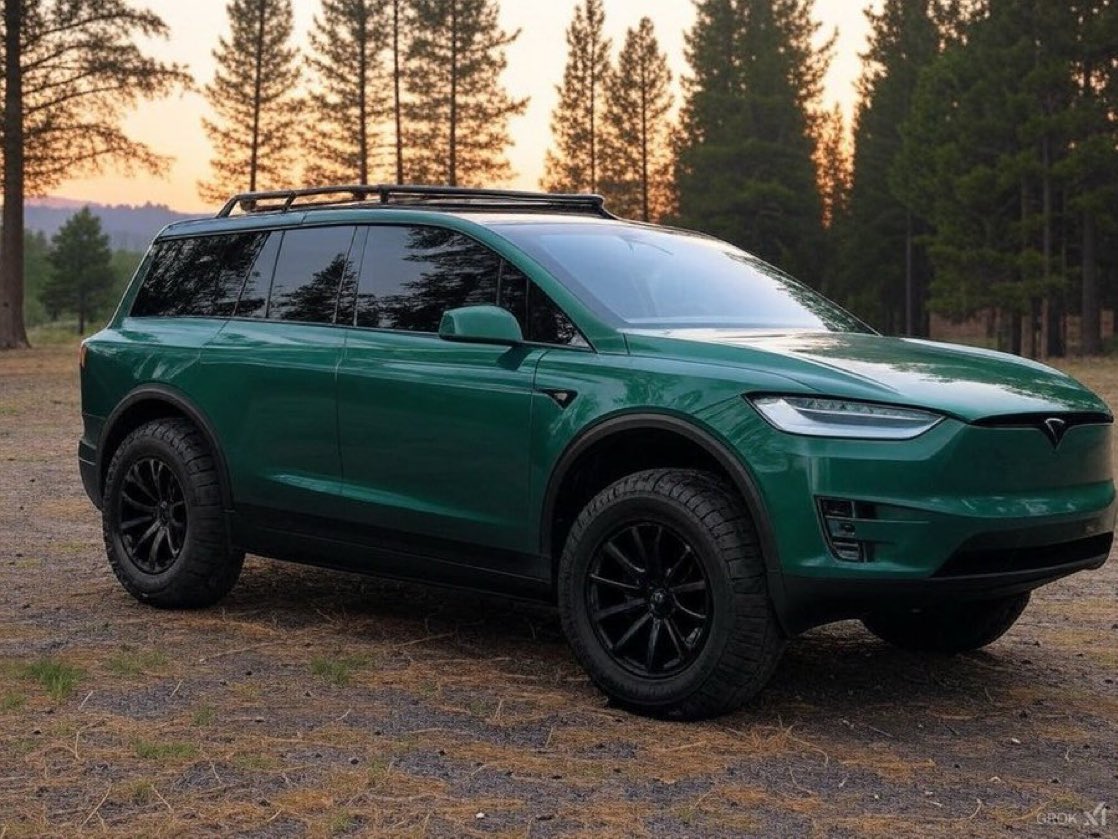
Tesla Board Chair Robyn Denholm hinted the company could see “a few more vehicles” coming out and being released soon, although there is no indication of what could be on the way based on her comments.
However, Tesla has hinted toward several potential releases in the coming years, as other executives, including Chief Designer Franz von Holzhausen, have talked briefly about what could be on the way.
Denholm said on CNBC yesterday that “we do have a few other vehicles coming out.”
BREAKING: $TSLA BOARD CHAIR ROBYN SAYS — “WE HAVE NEW VEHICLES COMING OUT” 👀
It’s happening ! pic.twitter.com/f8UuZWGLuP
— TheSonOfWalkley (@TheSonOfWalkley) October 27, 2025
It was a vague and almost cryptic sentence, as, in all honesty, it was not completely clear whether she was talking about recent releases that are just making their way to market, like the Model 3 and Model Y “Standard,” or new vehicles altogether.
Nevertheless, it’s worth dissecting.
Tesla “Standard” Models
On October 7, Tesla launched the Standard Model 3 and Model Y, stripped-down versions of their now “Premium” siblings. The Standard trims lack premium features like leather seats, a rear touchscreen, and a glass roof, among other features.
These cars are just starting to be delivered for the first time, so it is possible that Denholm was referring to these cars.
Potential Model 2 Hint?
There has always been a looming vehicle model that many Tesla fans and owners have been intrigued by: the Model 2.
This car was hinted at being the $25,000 model that Tesla was rumored to be developing, and many thought that was the vehicle that would be released earlier this month, not the Standard Model 3 and Model Y.
Instead, the Model 2 could be something that would enable Tesla to reach an entirely new consumer base, including those who are not able to swing the payment for the company’s more premium offerings.
It seems Tesla will have to launch some sort of extremely affordable model in the future, and with the Cybercab being slotted at that rough price point, it would not be out of the question for it to be in the realm of possibility for future releases.
It’s worth noting, however, that it is probably unlikely this will happen. Tesla is so deadset focused on autonomy, it seems Cybercab would take extreme precedence over the unconfirmed “Model 2.”
Cybertruck-inspired SUV
Tesla fans have been begging the company to develop a full-size SUV that would compete with the Ford Expedition or Chevrolet Tahoe, but the company has not given any indication that this would be something it would build.
Nevertheless, there was a very subtle hint in a recent promotional clip that showed a Cyber SUV mock-up placed strategically next to a clay model of a Model 3:
The Model X is simply not what people want when it comes to an SUV, as it does not have the seating capacity and cargo space that many need with a full-sized SUV.
This issue, in particular, has been one that has been extremely relevant to the company’s future lineup as consumers have shown they would be interested in a Tesla vehicle that fit this description.
Additionally, von Holzhausen said in September that a Cyber SUV or a smaller electric pickup with a more traditional design is “definitely things we’ve considered…We’re working on so many innovative and fun things.”
Tesla gives big hint that it will build Cyber SUV, smaller Cybertruck
Investor's Corner
Tesla enters new stability phase, firm upgrades and adjusts outlook
Dmitriy Pozdnyakov of Freedom Capital upgraded his outlook on Tesla shares from “Sell” to “Hold” on Wednesday, and increased the price target from $338 to $406.
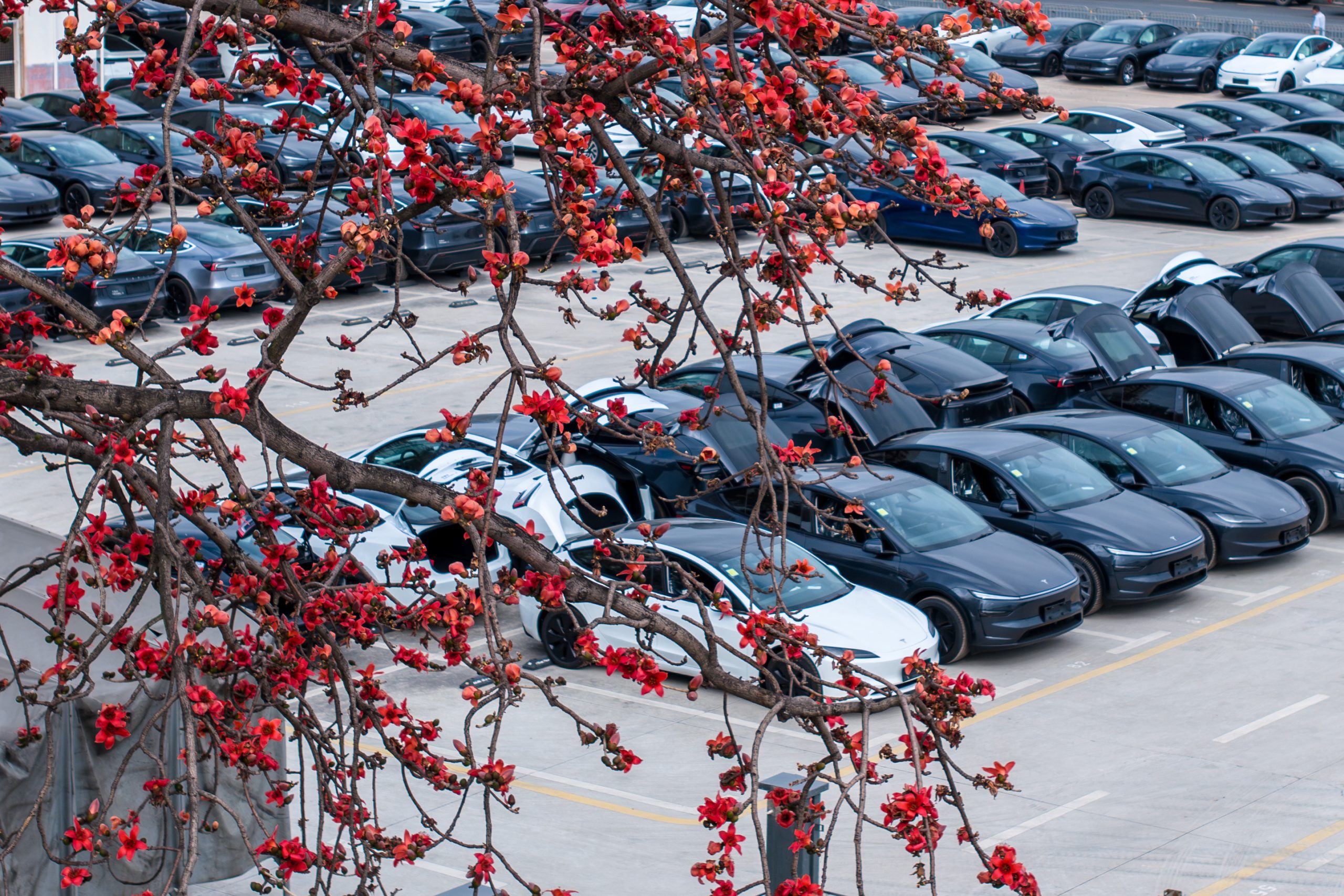
Tesla is entering a new phase of stability in terms of vehicle deliveries, one firm wrote in a new note during the final week of October, backing its position with an upgrade and price target increase on the stock.
Dmitriy Pozdnyakov of Freedom Capital upgraded his outlook on Tesla shares from “Sell” to “Hold” on Wednesday, and increased the price target from $338 to $406.
While most firms are interested in highlighting Tesla’s future growth, which will be catalyzed mostly by the advent of self-driving vehicles, autonomy, and the company’s all-in mentality on AI and robotics, Pozdnyakov is solely focusing on vehicle deliveries.
The analyst wrote in a note to investors that he believes Tesla’s updated vehicle lineup, which includes its new affordable “Standard” trims of the Model 3 and Model Y, is going to stabilize the company’s delivery volumes and return the company to annual growth.
Tesla launches two new affordable models with ‘Standard’ Model 3, Y offerings
Tesla launched the new affordable Model 3 and Model Y “Standard” trims on October 7, which introduced two stripped-down, less premium versions of the all-electric sedan and crossover.
They are both priced at under $40,000, with the Model 3 at $37,990 and the Model Y at $39,990, and while these prices may not necessarily be what consumers were expecting, they are well under what Kelley Blue Book said was the average new car transaction price for September, which swelled above $50,000.
Despite the rollout of these two new models, it is interesting to hear that a Wall Street firm would think that Tesla is going to return to more stable delivery figures and potentially enter a new growth phase.
Many Wall Street firms have been more focused on AI, Robotics, and Tesla’s self-driving project, which are the more prevalent things that will drive investor growth over the next few years.
Wedbush’s Dan Ives, for example, tends to focus on the company’s prowess in AI and self-driving. However, he did touch on vehicle deliveries in the coming years in a recent note.
Ives said in a note on October 2:
“While EV demand is expected to fall with the EV tax credit expiration, this was a great bounce-back quarter for TSLA to lay the groundwork for deliveries moving forward, but there is still work to do to gain further ground from a delivery perspective.”
Tesla has some things to figure out before it can truly consider guaranteed stability from a delivery standpoint. Initially, the next two quarters will be a crucial way to determine demand without the $7,500 EV tax credit. It will also begin to figure out if its new affordable models are attractive enough at their current price point to win over consumers.
Elon Musk
Tesla preps for a harsh potential reality if Musk comp vote doesn’t go to plan
A successful vote for Tesla would see the compensation package get approved. But there is always the possibility of a rejection, which would likely see Musk leave the company.
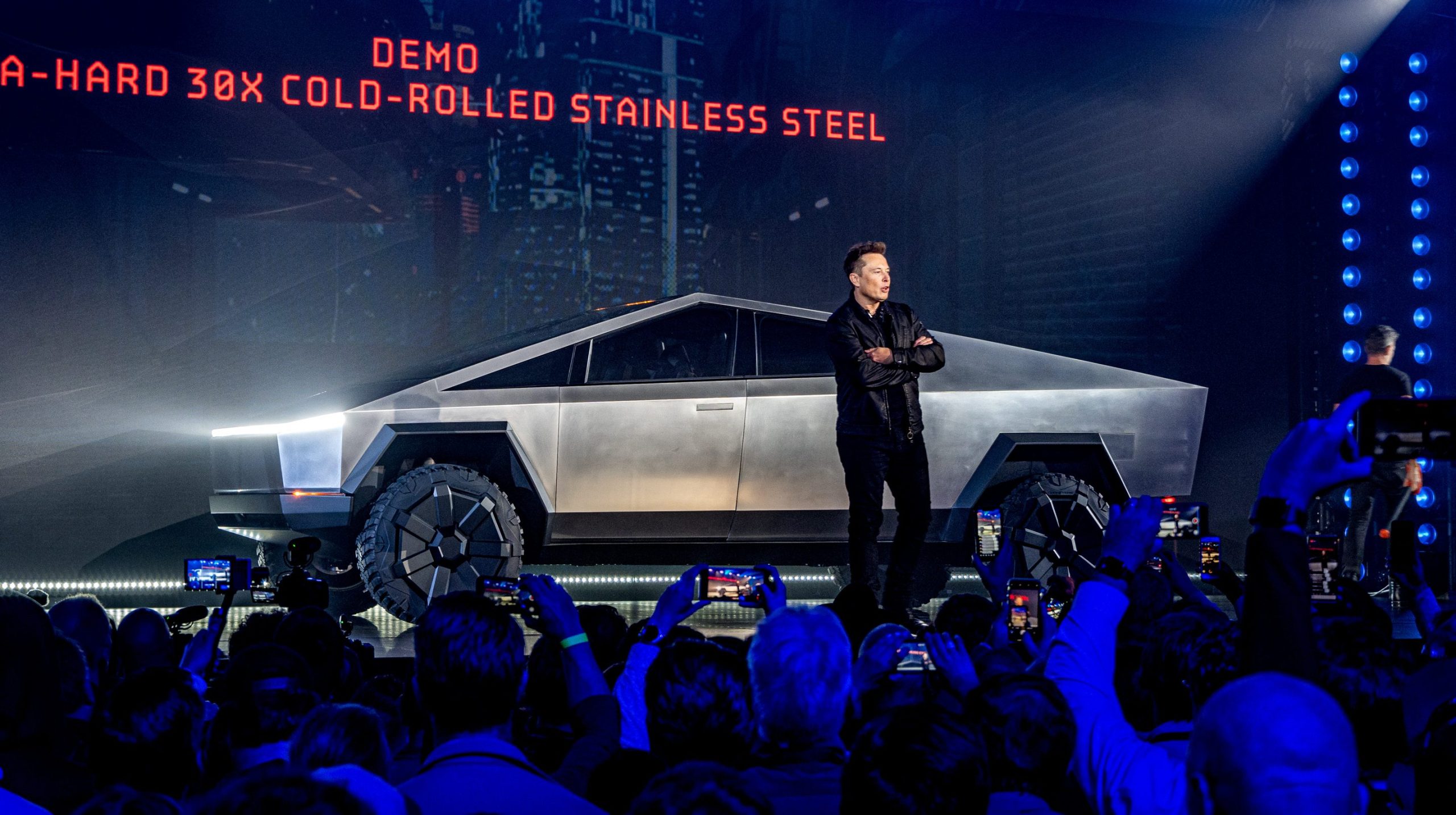
Tesla could be forced to look for a new CEO in the coming months, as a crucial November 6 Shareholder Meeting vote will determine whether Elon Musk will stick around.
A major vote is coming up at the 2025 Tesla Shareholder Meeting, as investors will determine whether Musk should be given a new compensation plan that would award him up to $1 trillion and more than one-fourth of the total voting power within the company.
Tesla board chair reiterates widely unmentioned point of Musk comp plan
A successful vote for Tesla would see the compensation package get approved. But there is always the possibility of a rejection, which would likely see Musk leave the company.
“My fundamental concern with regard to how much voting control I have at Tesla is if I go ahead and build this enormous robot army, can I just be ousted at some point in the future? That’s my biggest concern,” Musk said at last week’s Earnings Call. “That’s what it comes down to in a nutshell. I don’t feel comfortable wielding that robot army if I don’t have at least a strong influence.”
Tesla Board of Directors Head Robyn Denholm has been on somewhat of a PR tour over the past few days, answering questions about the compensation plan, which is among the biggest issues currently for the company.
Denholm told Bloomberg yesterday that Tesla investors need to be prepared for Musk to abandon ship if the package is not approved, which brings on a new question: Who would take over the CEO role?
That is a question Denholm also answered yesterday, bringing forth the conclusion that Tesla would not look for an outside hire if Musk were to leave the company. Instead, it would promote someone internally.
The way it was reported by Bloomberg and Reuters seems to make it seem as if Tesla is preparing for the worst, as it states the company “is looking at internal CEO candidates,” not preparing to do so.
Of the executives at Tesla who immediately come to mind as ideal candidates for a potential takeover should Musk leave, Tesla China President Tom Zhu and Head of AI Ashok Elluswamy both come to mind. Zhu has monumental executive experience already, as he was appointed to the role of Senior VP of Automotive back in December 2022.
He then returned to China in 2024.
It seems Tesla wants to align its future, with or without Musk, on the same path that it is currently on, and internal candidates might have a better idea of what that looks like and truly means.
-
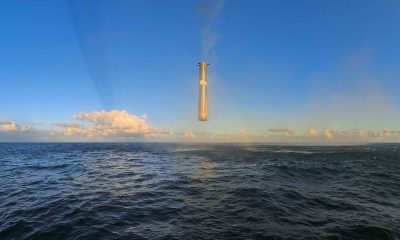
 Elon Musk2 weeks ago
Elon Musk2 weeks agoSpaceX posts Starship booster feat that’s so nutty, it doesn’t even look real
-

 Elon Musk2 weeks ago
Elon Musk2 weeks agoTesla Full Self-Driving gets an offer to be insured for ‘almost free’
-
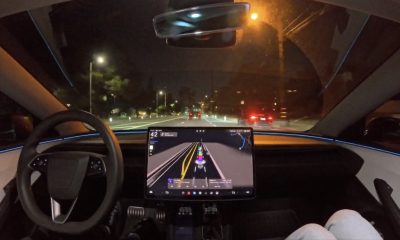
 News2 weeks ago
News2 weeks agoElon Musk confirms Tesla FSD V14.2 will see widespread rollout
-
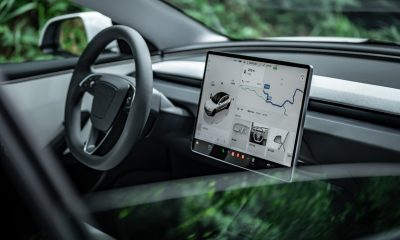
 News2 weeks ago
News2 weeks agoTesla is adding an interesting feature to its centerscreen in a coming update
-
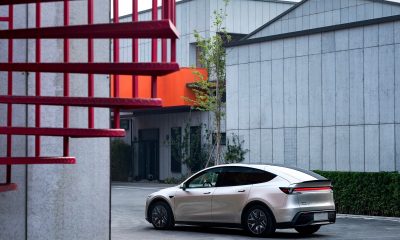
 News2 weeks ago
News2 weeks agoTesla launches new interior option for Model Y
-
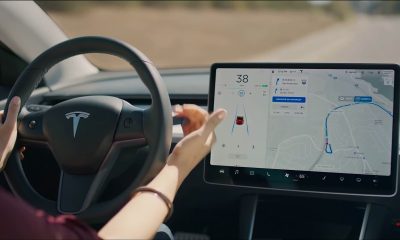
 News2 weeks ago
News2 weeks agoTesla widens rollout of new Full Self-Driving suite to more owners
-
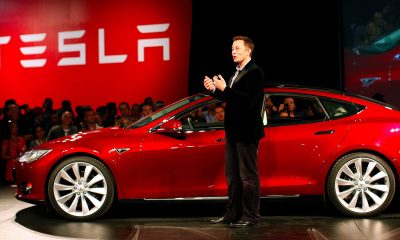
 Elon Musk2 weeks ago
Elon Musk2 weeks agoTesla CEO Elon Musk’s $1 trillion pay package hits first adversity from proxy firm
-
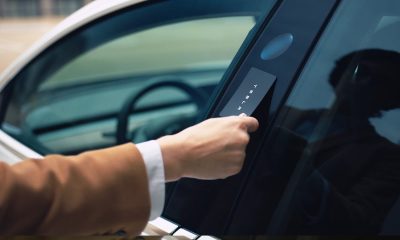
 News1 week ago
News1 week agoTesla might be doing away with a long-included feature with its vehicles


